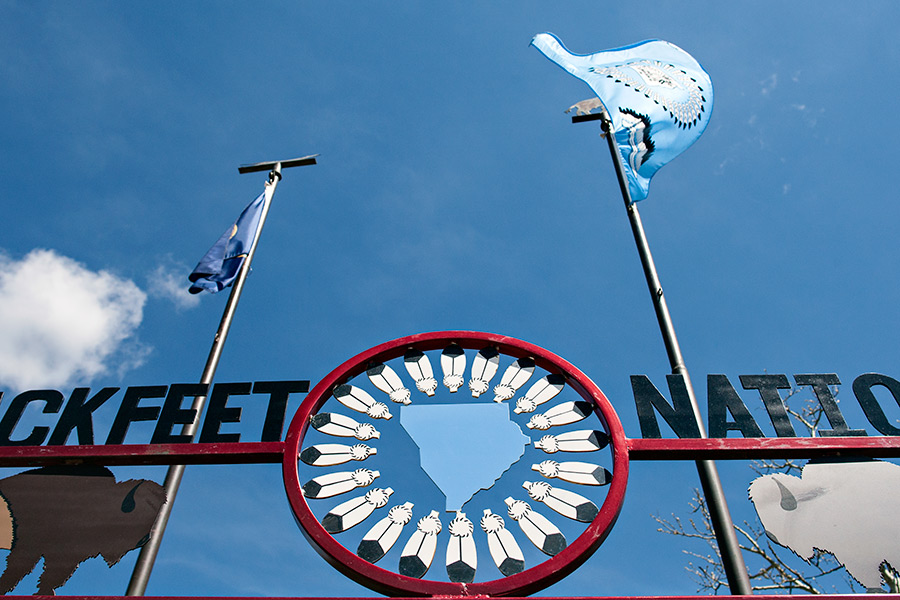For the first time in eight decades, members of the Blackfeet Nation are deciding how their government will be organized.
A secretarial election organized by the Department of Interior is underway east of the continental divide to determine whether the Blackfeet Nation should adopt a new tribal constitution. Absentee voting has already begun and polling stations will be open on Tuesday, June 27, where tribal members will be asked a simple question: Do you approve of the proposed constitution of the Blackfeet Tribe?
‘They Set Us Up To Fail’
The current tribal constitution was established in 1934 through the Indian Reorganization Act. The constitution formed a nine-person tribal council that oversaw nearly every facet of life on the reservation. But critics say the IRA constitution was flawed in that it centralized power on reservations and did not have any form of checks and balances.
“When they set us up with a government and a constitution, they gave us a system just like England’s with no real separation of power and it’s the same system that the United States had a revolution to leave,” said Rodney “Fish” Gervais, a former member of the Blackfeet Tribal Business Council. “They set us up to fail.”
The Impasse
It’s been called the “impasse,” the “breakdown” and the “meltdown.” In 2012 and 2013, the Blackfeet Tribal Business Council was in shambles. Following a series of tense disagreements, a number of councilmembers were illegally suspended or appointed. Protests were common in Browning and then-chairman Willie Sharp Jr. declared a state of emergency, leading to the arrest of at least one activist who spoke out online. One attorney who had worked on the reservation for years said the situation had “similarities to Hitler’s Nazi Germany.”
The situation took a turn for the worse in October 2013, when the tribal council split into two factions, with both claiming control over the government, which was later shutdown because neither side had the ability to issue paychecks. Employees of the tribe went without pay for weeks at a time. The council remained divided until the 2014 election, when a new group of councilors, led by newly appointed Chairman Harry Barnes, was elected. One of the council’s first priorities was to find a way to prevent another impasse.
A Grassroots Effort
In 2015, a group of tribal members began regularly meeting to rewrite the tribal constitution. Over the course of two years, they studied the current document and its deficiencies. In 2016, they began to draft a new constitution that decentralizes power and creates an executive and legislative branch. It also creates an independent judiciary. The document was submitted to the Bureau of Indian Affairs for a legal review in late 2016. The agency determined that it did not violate federal law. A secretarial election, which allows all tribal members regardless of whether they live on the reservation to vote, was set for the spring of 2017.
